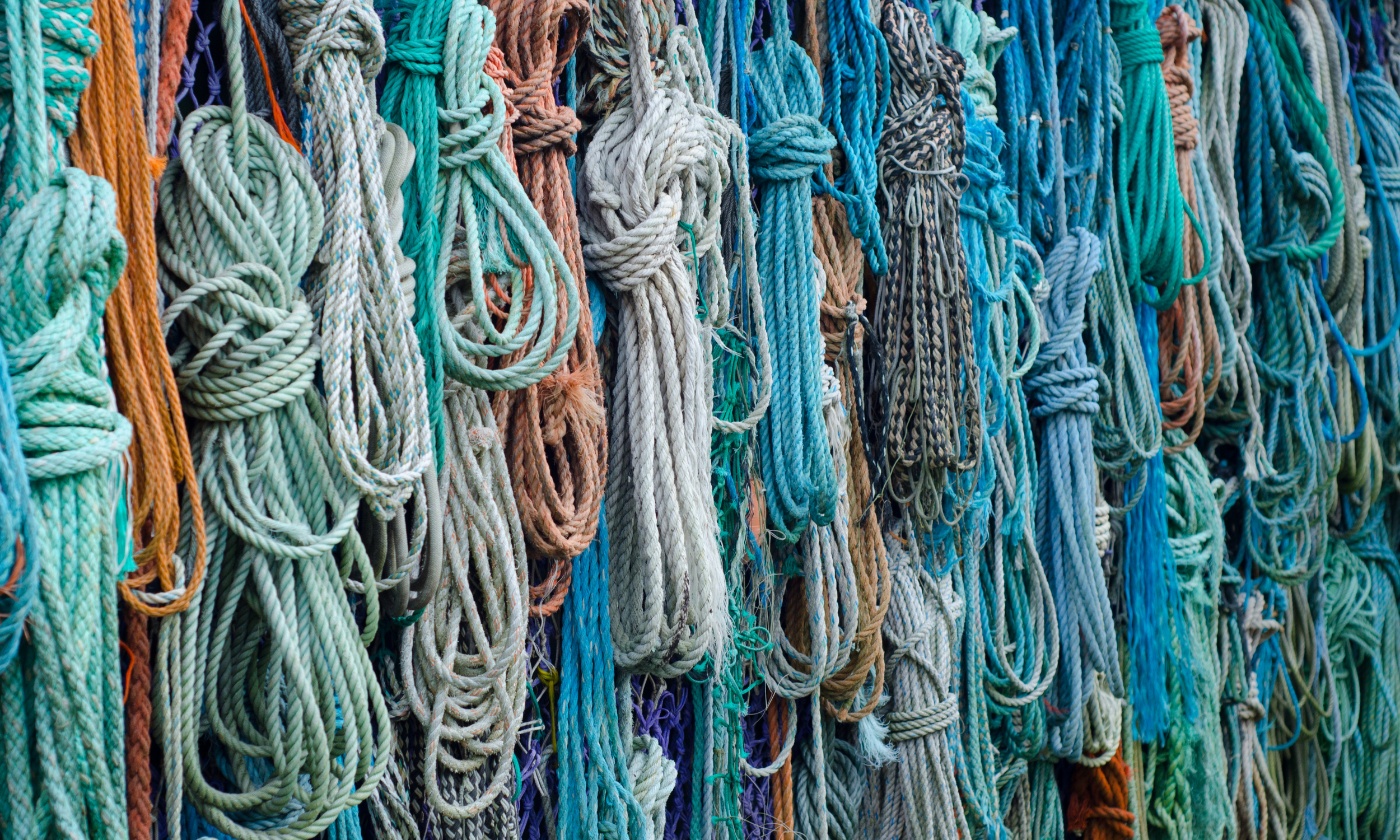Jute vs. other rope materials
How does Jute compare to cotton, hemp & synthetic ropes?

Comparing rope materials
In comparison to hemp, jute has almost identical low elasticity characteristics, ideal for continual tying and untying of knots, lashings and bindings, ie. with load applied, it will not compress like cotton, and make the fixing difficult to undo.
Identically twisted jute has ~23.4% less strength than hemp, and ~33% less than linen/flax, but ~20% greater than cotton. Synthetic Nylon is ~233% the strength of jute. Therefore, expertise is required to understand how to use jute rope safely in application.
Unless pre-processed, hemp may have a pungent agricultural odour. Linen rope suffers reduced strength when moist and a susceptiveness to easily rot and break down.
Both hemp and linen ropes suffer from a propensity to quickly pick up and absorb materials, making them feel dirty and sticky. Jute absorbs human skin oil that conditions and improves the silky feel of the rope texture, helps reduce hairiness, and improves its overall glossy look.
Synthetic ropes, such as Nylon and its derivatives, eg. Paracord compared to natural fibre ropes have a greater susceptibility to friction when moved across skin, and more readily produce burns. Paracord is also highly elastic.
Natural fibre ropes containing supporting strands of synthetic material, if compromised, may leave load to cut like a cheese wire into flesh.
Due to its lightness, natural colour, lack of odour (without JBO), rigidity and ease of use as it runs through the fingers, it is no wonder that in the four decades since it became widely introduced into Kinbaku and Shibari bondage, jute has become the predominant rope material used by the vast majority of practitioners.
